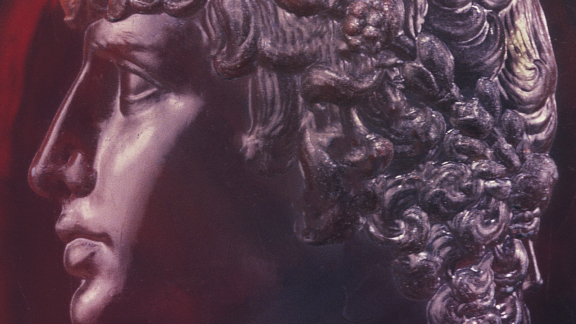
The museum out of the closet
Queer theory has entered the museum space, bringing with it fresh readings of the collections. In this article, André Murraças reveals how this theory can be applied to the Calouste Gulbenkian Museum.

Queer theory has entered the museum space, bringing with it fresh readings of the collections. In this article, André Murraças reveals how this theory can be applied to the Calouste Gulbenkian Museum.
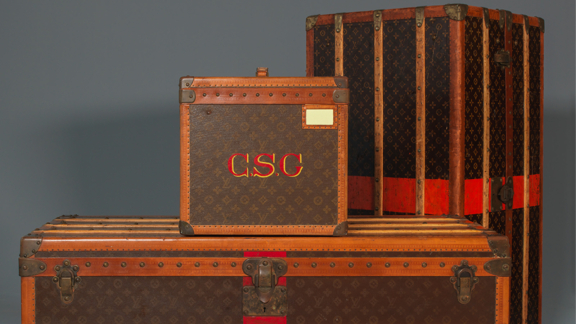
What were the essential travel items of one the most influential figures of his time? In this article, curator Vera Mariz discusses various aspects of Calouste Gulbenkian's travels.

What is a Book of Hours? What is its function? What is written in its pages? Find the answer to these questions in this text by curator Ana Maria Campino.
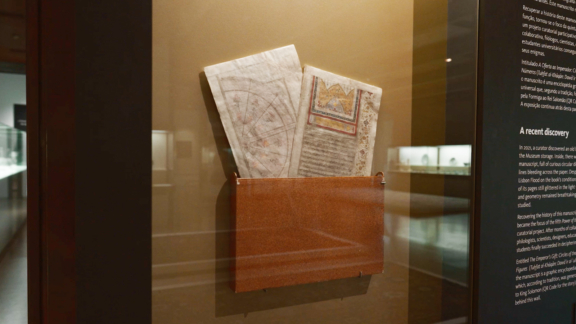
Curator Jessica Hallett shares the creative process behind ‘Power of the Word V. The Emperor’s Gif: Circles of Knowledge’, along with several members of this participatory project.
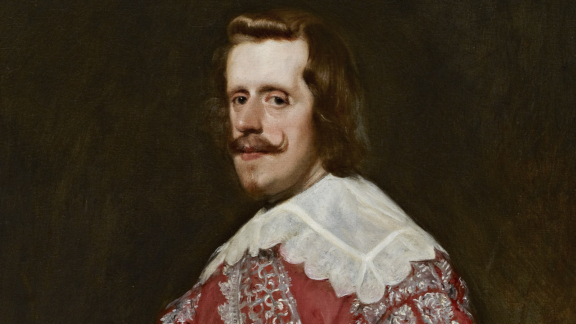
In this conference, a panel of international experts talks about portrait painting in the work of Diego Velázquez.

In the fourth episode of the ‘Treasures from Kings’ series, curator André Afonso talks about the sumptuous offerings made from the Kingdom of Naples to the Holy Land.
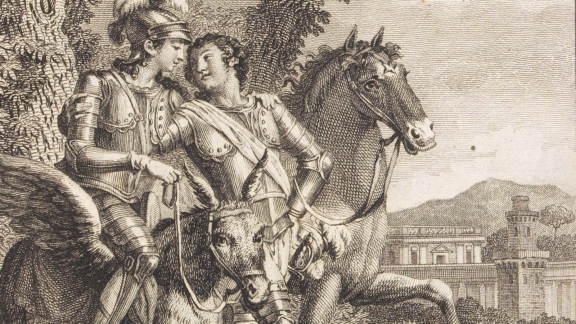
Books have always been a privileged means of resistance against oppressive regimes. In this article, curator Ana Maria Campino writes about some of the ‘forbidden books’ from the 18th century that belong to the Gulbenkian Collection.
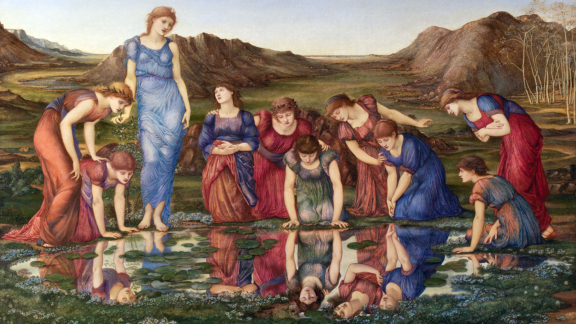
To mark the 190th anniversary of Sir Edward Burne-Jones’ birth (1833-1898), curator Ana Maria Campino explores the graphic works in the Gulbenkian Collections that relate to the work of the English painter.

In third episode of this series, curator André Afonso discusses some of the gifts from the kingdom of Spain to the Holy Land.
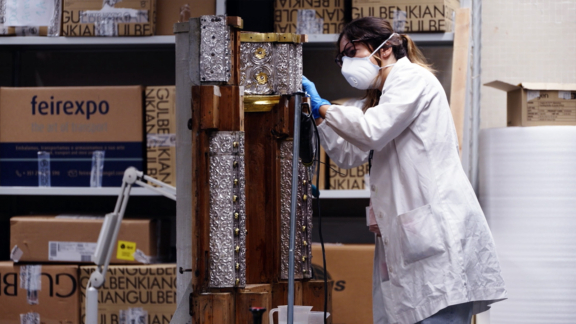
Conservator-restorer Mafalda Fernandes explains the various stages involved in the process of preserving a group of works of art belonging to the Terra Sancta Museum’s collection.
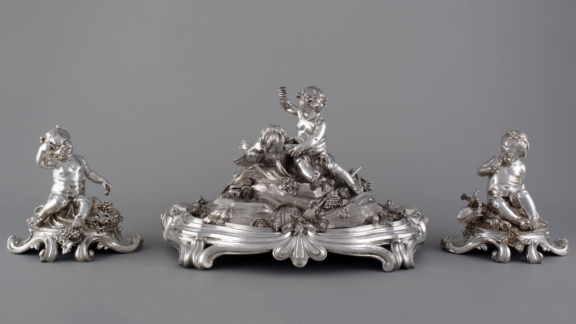
The trophy status of the silver, prolonged almost by definition by their display in the museum, has contributed to a lack of interest in their makers, and the role silverware had in eighteenth century high society dining in Europe.
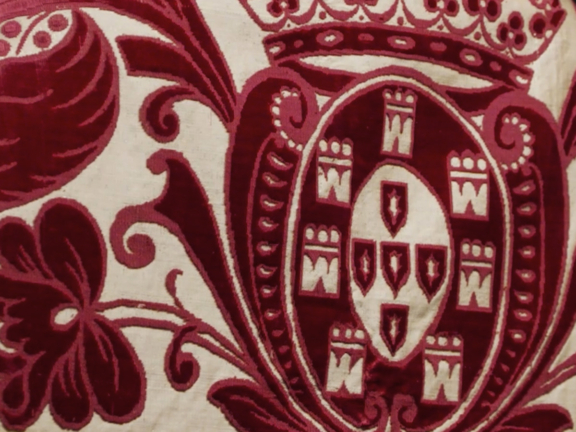
Among the gifts from Portuguese monarchs, those by King John V stand out. In this video, curator André Afonso discusses some of these objects.

In the first video of this series, curator André Afonso tells us about the works of art sent to the Holy Land, to be housed in its most famous place of devotion: the Basilica of the Holy Sepulchre.
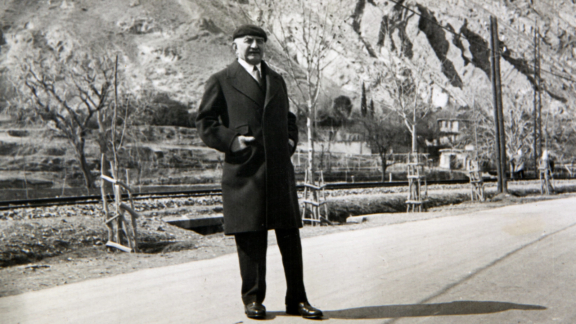
In this text by researcher Vera Mariz, follow Calouste Gulbenkian's trip to Jerusalem in 1934.
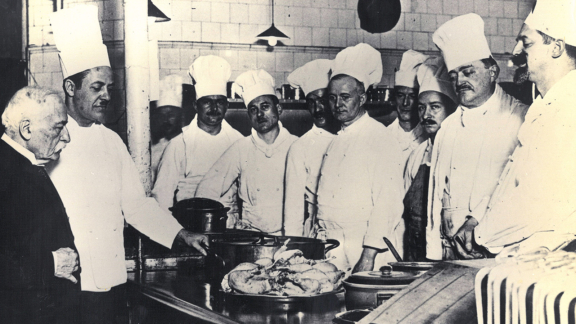
The gastronomic habits and preferences of Calouste Gulbenkian in a communication that focuses on the gourmet side of the Collector.
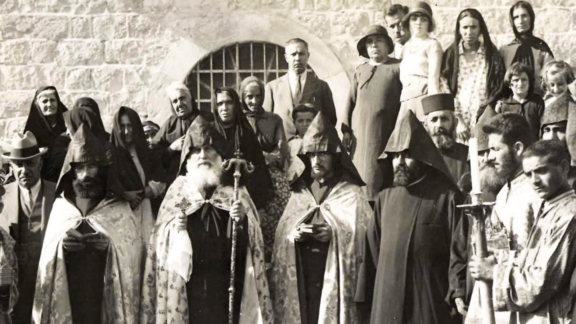
From a library to a gospel book, researcher Vera Mariz sheds light on Calouste Gulbenkian's gifts to the Armenian Patriarchate of Jerusalem.
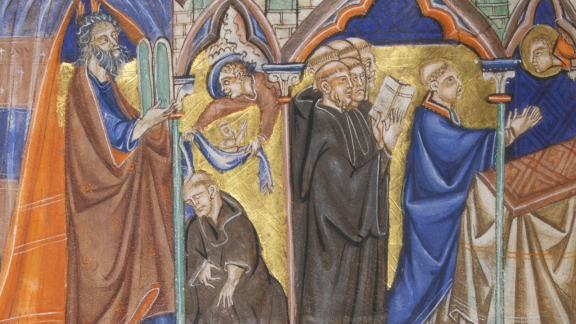
In the Middle Ages, Catholic texts were populated by themes from Ancient Egypt. Profane literature was also influenced by the imagery of this period, in the transition to the Renaissance. Find out how these connections are reflected in the illuminated manuscripts of the Gulbenkian collection in this text by the curator Ana Maria Campino.
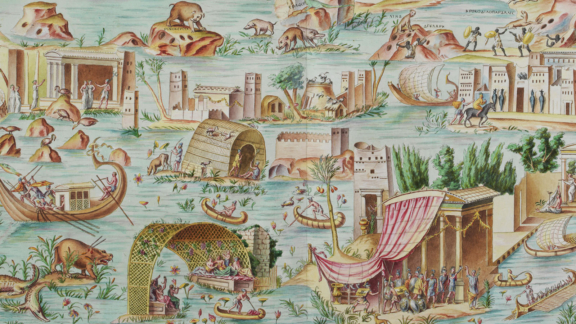
The imagery of Ancient Egypt has always influenced plastic and literary creation in Europe. In this text by conservator Ana Maria Campino, discover the impact of this historical period on 18th century publications.